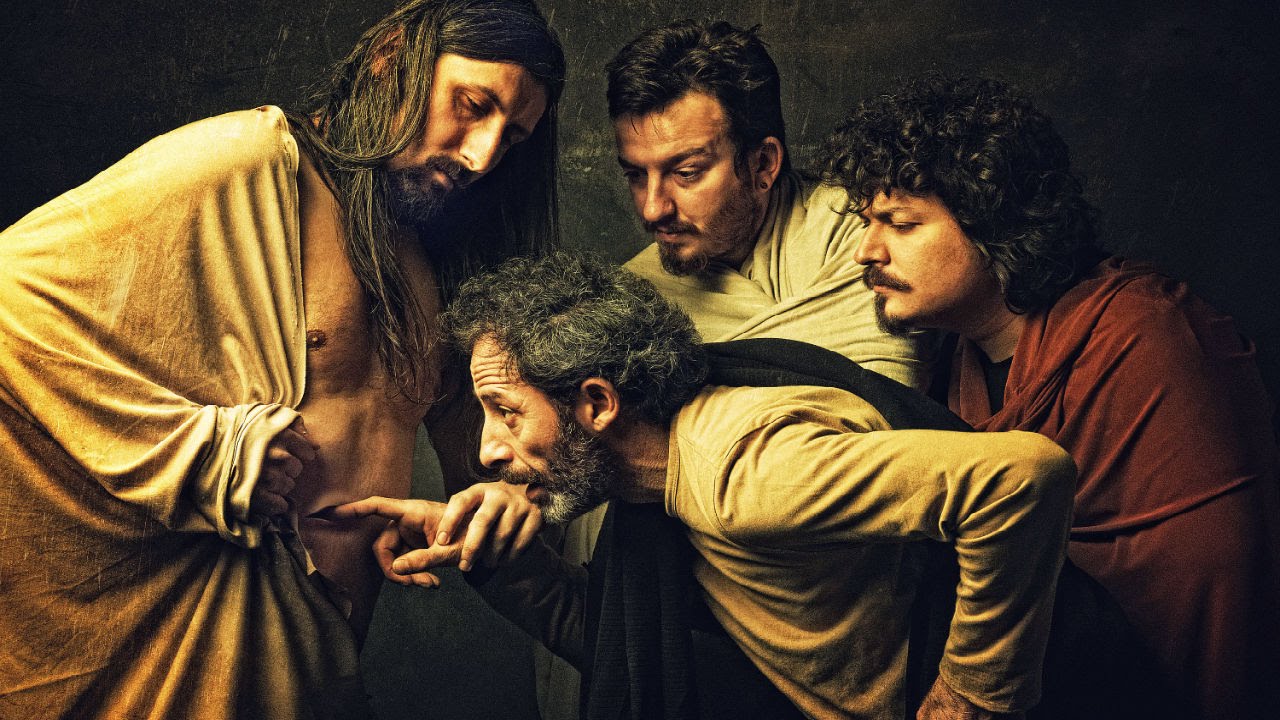 The Apostle Thomas popularly known as Doubting Thomas may have come to believe in the resurrection of Jesus Christ a week after the other apostles, but he went on to become one of the greatest cross-cultural missionaries of the first century.
The Apostle Thomas popularly known as Doubting Thomas may have come to believe in the resurrection of Jesus Christ a week after the other apostles, but he went on to become one of the greatest cross-cultural missionaries of the first century.
We should not keep calling him Doubting Thomas. Instead, we should call him “Believing Thomas” because he not only gives us the most explicit declaration of the deity of Christ in the Gospels when he said “My Lord, and my God,” after he saw the hands and the side of Jesus, but he ends up bringing the gospel farther than any of the other apostles and even gave his life as an early Christian martyr.
December 21 in the year 72 C.E., is the day of the martyrdom of Thomas the Apostle, according to the tradition of a number of Christian churches.
Like all of the 12 apostles, or disciples, of Jesus, Thomas was a practicing Jew, and was given the mission by his mentor to spread his teachings, both among the Jews and the Gentiles.
The earliest record of the mission of Thomas to India is found in an early manuscript known as the Acts of Thomas, which dates around the turn of the third century. This manuscript records a dramatic moment where the eleven apostles all gathered in Jerusalem and divided the known world into various regions. They then cast lots to determine where each of them would go. India fell to Thomas. According to the account, Thomas objected, saying that because of his “weakness of the flesh” he could not travel. However, Christ appeared to him in a vision and promised to be with him.
Thomas eventually traveled by ship to India along one of the well-established trade routes to India, arriving in AD 52.
In both the Book of John, one of the Gospels of the New Testament, and in the apocryphal Acts of Thomas, Thomas is described as “Thomas, who is called Didymus,” a redundancy, since “Thomas” comes from the Aramaic word teoma, meaning “twin” (in Hebrew, it’s te’om), for which the word in Greek is didymus.
At the time of the Great Commission of Jesus to His disciples, John’s gospel records those powerful words of Jesus to His disciples, “As the Father has sent me, I am sending you” (John 20:21).
John records that Thomas was not with them the evening Jesus appeared to His disciples (20:24). When Thomas heard about the appearance, he famously declared that unless he saw the nail-scarred hands of Jesus and put his finger into them and into His sword-pierced side, he would not believe (20:25).
Because of this declaration, Thomas has become known as Doubting Thomas. It seems that the church has sometimes forgotten that one week later, when Thomas himself saw the risen Lord, he made the most powerful declaration of the deity of Christ found in any of the Gospels: “My Lord and my God!” (20:28).

A late tradition sees Thomas as having carried the gospel of Jesus to the Indian subcontinent, first to the northwestern kingdom of Gondophorus. Then, according to the third-century Acts of Thomas, in the year 52, the apostle sailed, in the company of a Jewish traveler named Abbanes, to the southern tip of India, to the port of Muziris, present-day Pattanam, in Kerala state.
Kerala was home, even at that time, to a Jewish community. A 17th-century work called Thomma Parvam (Songs of Thomas) says that he converted 40 Jews upon his arrival, along with 3,000 Hindus of Brahmin origin.
The martyrdom of Thomas, however, took place not on western coast of India, but on the other side of the subcontinent, in the southeastern city of Mylapore, near latter-day Chennai. There, Thomas came into conflict with the Hindu priests of Kali, who killed him for converting many of their followers.
His bones were then brought into the city of Mylapore and buried inside a church he had already built there, where in the 16th century, Portuguese explorers built the San Thome Basilica, which was rebuilt by the British in 1893.
Today, December 21 is still observed as the feast day of St. Thomas in some Protestant churches, and among traditionalist Catholics. In the Roman Catholic Church, however, the feast day was moved, in 1960, to July 3, so as not to interfere with the days leading up to Christmas, on December 25.
Sources: Seedbed/Timothy Tennent, Haaretz/David B.Green






